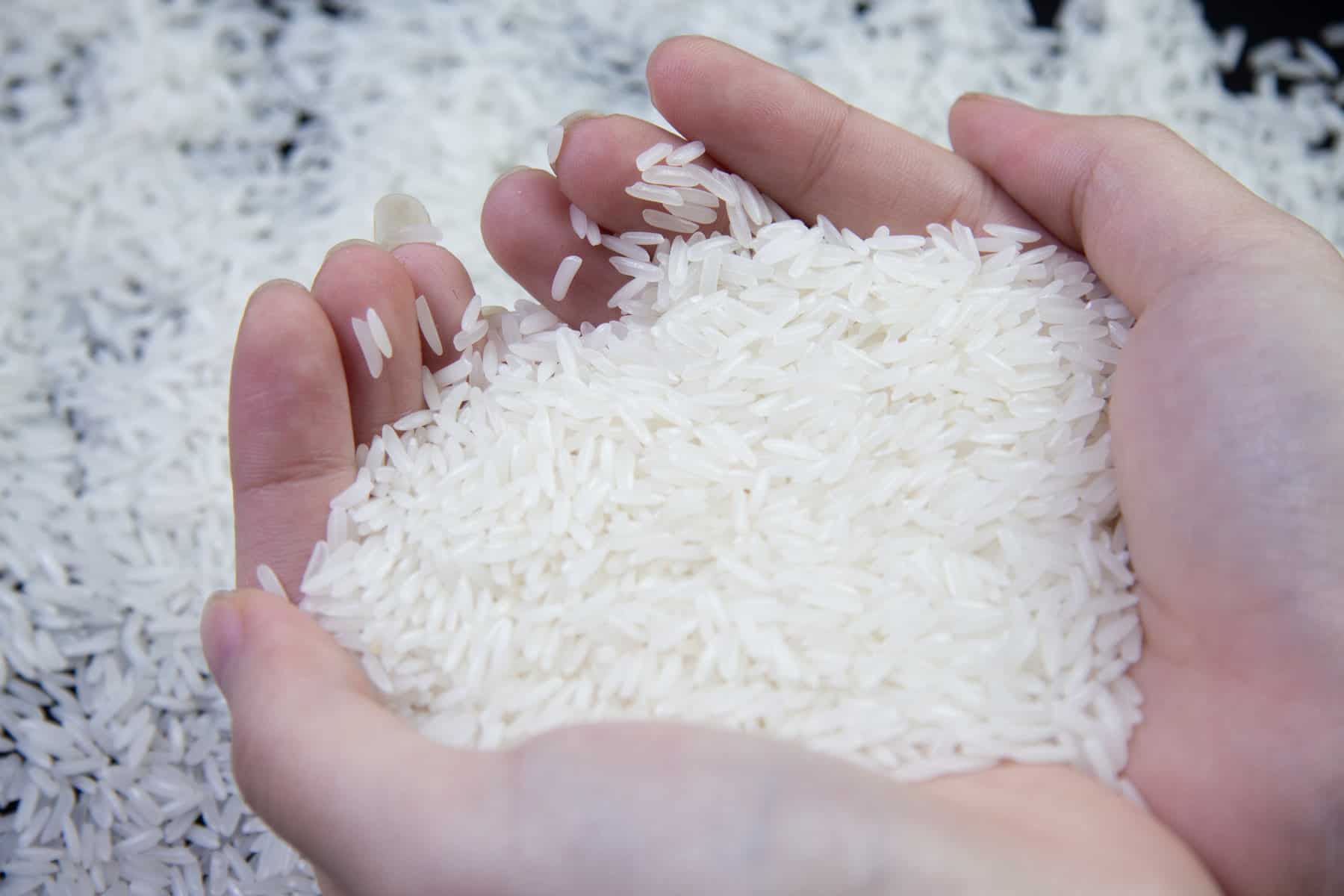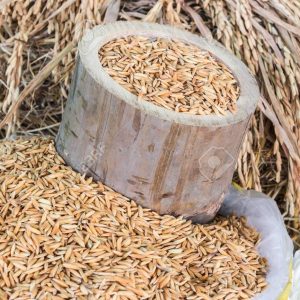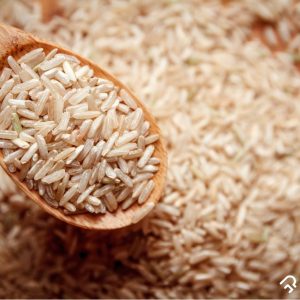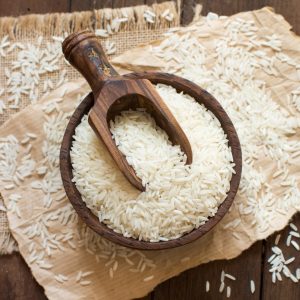Jasmine Rice: A Comprehensive Guide
Introduction
Jasmine rice is a long-grain variety of rice known for its fragrant aroma, soft texture, and slightly sticky consistency when cooked. It is a staple in Southeast Asian cuisine, particularly in Thai, Cambodian, and Vietnamese dishes. This guide provides an in-depth look at Jasmine rice, including its origin, nutritional profile, types, culinary uses, and cooking tips.
What is Jasmine Rice?
Jasmine rice, also known as Thai fragrant rice, is a type of long-grain rice that is renowned for its floral aroma and soft, slightly sticky texture when cooked. The name “Jasmine” is derived from the rice’s delicate fragrance, which is reminiscent of jasmine flowers. It is predominantly grown in Thailand, although it is also cultivated in other parts of Southeast Asia.
Origin and History
Jasmine rice has been cultivated in Thailand for centuries and plays a significant role in Thai cuisine and culture. It is traditionally grown in the northeastern region of Thailand, where the unique climate and soil conditions contribute to its distinctive characteristics. Jasmine rice has gained international popularity due to its flavor and aroma, becoming a favorite in many global cuisines.
Nutritional Profile
- Carbohydrates: Jasmine rice is a good source of complex carbohydrates, providing a steady release of energy.
- Protein: It contains a moderate amount of protein, which is essential for muscle repair and growth.
- Vitamins and Minerals: Jasmine rice provides essential vitamins and minerals, including:
- B Vitamins: Thiamin and niacin.
- Minerals: Iron, magnesium, and phosphorus.
- Low in Fiber: White Jasmine rice has a low fiber content compared to whole grain varieties like brown rice.
Types of Jasmine Rice
- White Jasmine Rice:
- Characteristics: Polished and white in color with a fragrant aroma.
- Texture: Soft and slightly sticky when cooked.
- Common Uses: Ideal for a wide range of dishes, including stir-fries, curries, and as a side dish.
- Brown Jasmine Rice:
- Characteristics: Retains the bran layer, giving it a tan color and nutty flavor.
- Texture: Chewy and slightly sticky.
- Common Uses: Suitable for salads, hearty pilafs, and health-conscious dishes.
Culinary Uses
- Southeast Asian Cuisine:
- Thai Dishes: Jasmine rice is a staple in Thai cuisine, commonly served with dishes like green curry, pad Thai, and Thai basil chicken.
- Cambodian and Vietnamese Dishes: It is also widely used in Cambodian and Vietnamese dishes, providing a fragrant base for meals.
- Side Dishes: Jasmine rice can be served as a side dish to complement rich and spicy curries, stir-fries, and grilled meats.
- Main Dishes: It forms the base of many main dishes, such as fried rice, rice bowls, and rice salads.
- Desserts: Jasmine rice can be used in sweet dishes like mango sticky rice, a popular Thai dessert.
Storage Tips
- Dry Storage: Store uncooked Jasmine rice in an airtight container in a cool, dry place. It can last indefinitely if kept away from moisture and pests.
- Cooked Storage: Store cooked Jasmine rice in the refrigerator in an airtight container. It is best consumed within 4-6 days. It can also be frozen for longer storage.
Health Considerations
- Glycemic Index: Jasmine rice has a higher glycemic index compared to other rice varieties, which means it can cause a more rapid increase in blood sugar levels. It is advisable for individuals managing blood sugar levels to consume it in moderation.
- Digestive Health: Brown Jasmine rice contains more fiber than white Jasmine rice, which can aid in digestion and promote satiety.
- Heart Health: The presence of essential nutrients in Jasmine rice contributes to overall cardiovascular health when consumed as part of a balanced diet.
Environmental Impact
- Sustainable Farming: Choose brands that emphasize sustainable farming practices, such as organic farming and non-GMO practices, to reduce environmental impact.
- Packaging: Consider the environmental impact of packaging. Opt for products with minimal or recyclable packaging to support environmental sustainability.
Conclusion
Jasmine rice is a versatile and aromatic grain that enhances the flavor and texture of a wide range of dishes. Its soft, slightly sticky texture and floral aroma make it a favorite in Southeast Asian cuisine and beyond. Understanding its types, nutritional benefits, and cooking methods can help you make the most of this fragrant rice variety. Whether you’re preparing a traditional Thai curry, a simple stir-fry, or a sweet dessert, Jasmine rice provides a delicious and aromatic foundation for your culinary creations.





Reviews
There are no reviews yet.